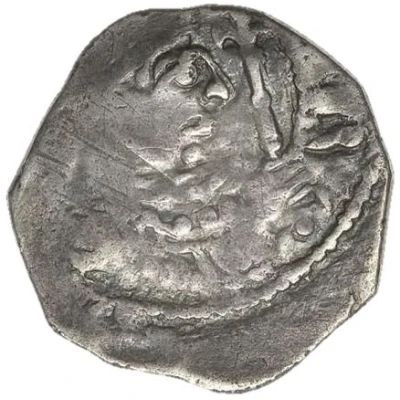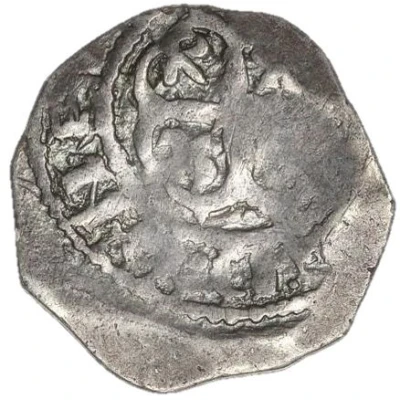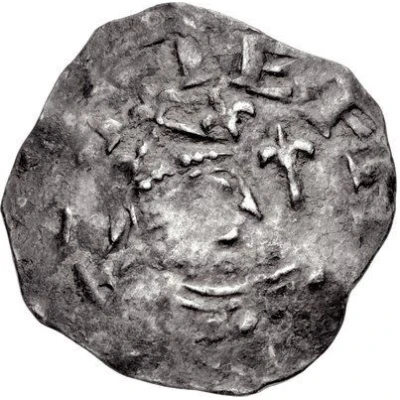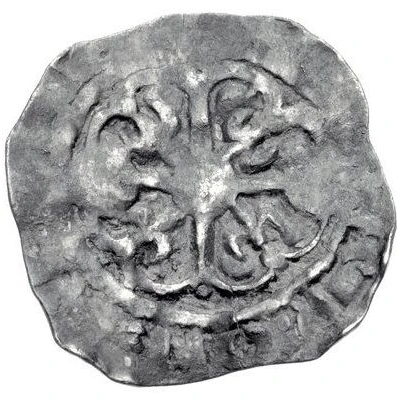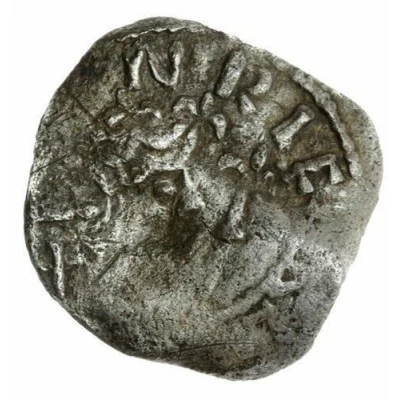
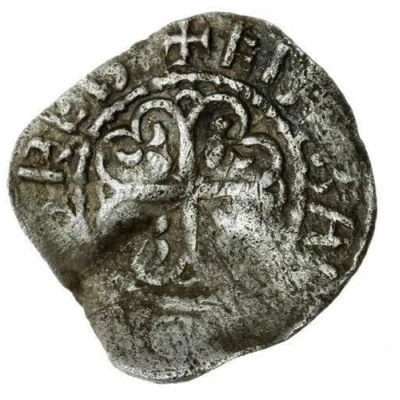

© Spink and Son
Penny - Henry of Scotland North-East and Scottish Border Variants ND
| Silver | 1.13 g | - |
| Location | England (United Kingdom, British Overseas Territories and Crown Dependencies) |
|---|---|
| Moneyer | Erembald |
| Period | Civil War (1135-1153) |
| Type | Standard circulation coin |
| Years | 1138-1153 |
| Value | 1 Penny |
| Currency | Penny (924-1158) |
| Composition | Silver |
| Weight | 1.13 g |
| Shape | Round (irregular) |
| Technique | Hammered |
| Orientation | Variable alignment ↺ |
| Demonetized | Yes |
| Updated | 2024-10-08 |
| Numista | N#318487 |
|---|---|
| Rarity index | 100% |
Reverse
Cross moline forming into voided octofoil, inverted fleurs in angles.
Script: Latin
Lettering: +EREBALD: ON: COREB
Translation: Erembald of Corbridge.
Comment
Henry of Scotland, Earl of Huntingdon was the son of King David I of Scotland. Through his mother Maud, 2nd Countess of Huntingdon, he was the grandson of the Saxon Waltheof, Earl of Northumbria and Huntingdon, who was beheaded by William the Conqueror in 1075 and his wife Judith of Lens, the daughter of Lambert II, Count of Lens and Adelaide of Normandy, Countess of Aumale.
For further detail, please visit Dynasties of the Kings and Queens of England
Interesting fact
One interesting fact about the Standard circulation coin Penny - Henry of Scotland (North-East and Scottish Border Variants) ND (1138-1153) made of Silver weighing 1.13 g is that it was minted during the reign of King Henry, also known as Henry of Scotland, who ruled Scotland from 1138 to 1153. This coin was part of a series of coins minted during his reign, which were designed to promote trade and commerce within Scotland and beyond. The use of silver in the coin's minting process was a significant innovation at the time, as it was a more durable and valuable material than the copper or bronze coins that were previously used. This coin is now a rare and valuable collector's item, providing a glimpse into Scotland's rich history and monetary system during the medieval period.
